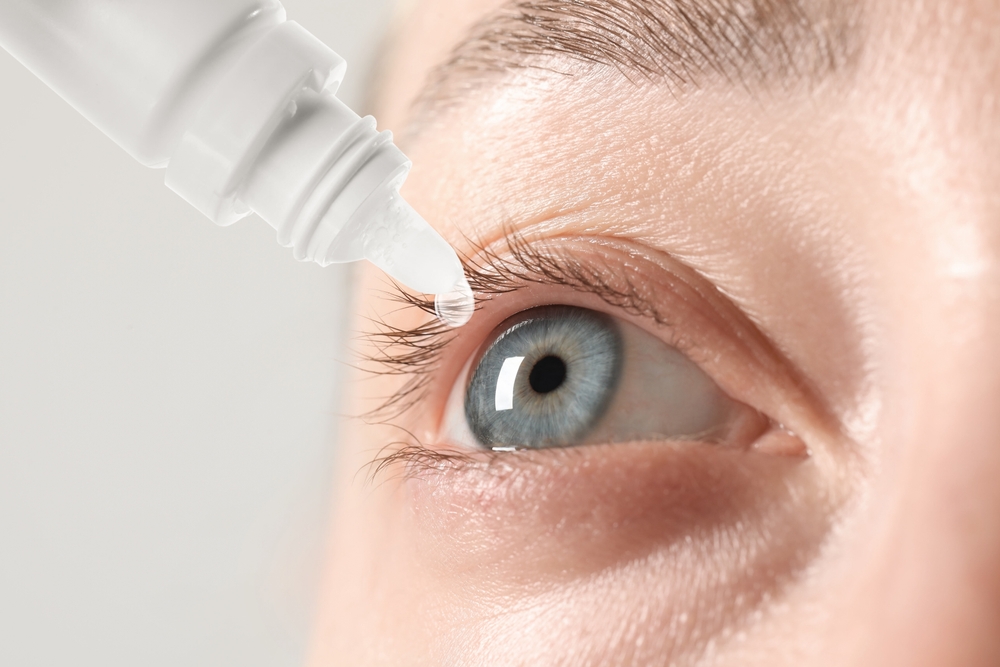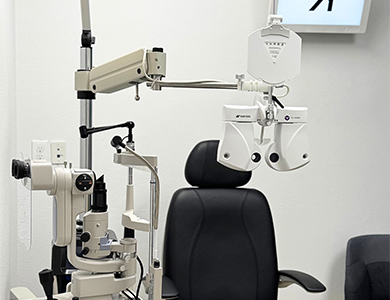
Dry eye is a common and often frustrating condition that affects millions of people worldwide. If you've experienced the irritating symptoms of dry eye, such as burning, stinging, or a gritty feeling in your eyes, you're not alone. But the good news is that there are steps you can take to prevent or manage this condition.
What is Dry Eye and Its Symptoms?
Dry eye is a common condition that occurs when your eyes don’t produce enough tears or when the quality of your tears is inadequate to properly lubricate and nourish the eyes. Tears are essential for maintaining eye health by keeping the surface of the eyes moist, clear, and free from debris. Various factors, such as aging, medical conditions, environmental exposures, or prolonged screen time, can disrupt tear production, leading to dry eye. It can also occur due to conditions like meibomian gland dysfunction, where the glands responsible for producing the oily layer of tears are blocked or underperforming.
Common symptoms of dry eye include a gritty or sandy sensation in the eyes, redness, stinging, or burning. Some individuals may experience blurred vision or find that their eyes become excessively watery, which is a natural reflex to irritation. People with dry eye may also notice sensitivity to light or difficulty wearing contact lenses for extended periods. In severe cases, untreated dry eye can lead to inflammation or damage to the eye’s surface, making timely diagnosis and treatment essential to prevent further complications.
Risk Factors for Developing Dry Eye
There are several factors that can increase your risk of developing dry eye:
Gender: Women, particularly those going through hormonal changes like menopause, are more likely to experience dry eye.
Occupation: Professions that require prolonged screen time or exposure to dry, windy environments, such as computer work or driving, can increase your risk.
Certain medical conditions: Conditions like Sjögren's syndrome, rheumatoid arthritis, and diabetes can contribute to dry eye.
Medications: In addition to the medications that can reduce tear production, certain eye drops and ointments used to treat other conditions can also cause dry eye.
Refractive surgery: Procedures like LASIK can sometimes disrupt the normal tear production and distribution process, leading to dry eye.
By understanding your individual risk factors, you can take proactive steps to prevent or manage dry eye before it becomes a more serious problem.
Can Dry Eye Be Prevented?
In many cases, dry eye can be prevented or managed through a combination of lifestyle changes and medical interventions. While it may not be possible to completely eliminate the risk of developing dry eye, there are several strategies you can use to reduce your chances of experiencing this condition.
1. Blink More Frequently: One of the simplest things you can do to prevent dry eye is to make a conscious effort to blink more often, especially if you spend a lot of time staring at a computer screen or other digital devices. Blinking helps spread tears across the surface of your eyes, keeping them lubricated.
2. Take Breaks from Digital Screens: Prolonged screen time can contribute to dry eye, so it's important to take regular breaks. Follow the 20-20-20 rule: every 20 minutes, look at something 20 feet away for 20 seconds. This can help reduce eye strain and prevent tear evaporation.
3. Use Artificial Tears: Over-the-counter artificial tear drops or gels can provide temporary relief for dry eye symptoms. Keep a bottle handy and use them as needed throughout the day.
4. Adjust Your Environment: Make changes to your environment to reduce factors that can contribute to dry eye, such as:
Using a humidifier to add moisture to the air
Avoiding direct air from fans, heaters, or air conditioning
Wearing wraparound sunglasses or other eyewear to protect your eyes from wind and dust
5. Improve Your Diet: Certain nutrients, such as omega-3 fatty acids, can help support tear production and reduce inflammation. Consider adding foods like fatty fish, nuts, and seeds to your diet, or talk to your eye care professional about supplements.
6. Manage Underlying Conditions: If you have a medical condition that can contribute to dry eye, such as Sjögren's syndrome or diabetes, work closely with your healthcare providers to manage the condition and minimize its impact on your eyes.
7. Practice Good Eyelid Hygiene: Maintaining good eyelid hygiene can help prevent and manage dry eye. This includes gently cleaning your eyelids with a warm washcloth or specialized eyelid cleansers, and using warm compresses to help unclog the meibomian glands.
8. Consider Prescription Treatments: In some cases, prescription eye drops or other medical interventions may be necessary to effectively manage dry eye. Your optometrist can help determine the best course of treatment for your individual needs.
Taking Proactive Steps to Prevent Dry Eye
Dry eye can be a frustrating and debilitating condition, but the good news is that there are steps you can take to prevent or manage it. By understanding the causes and risk factors, and implementing the strategies outlined in this article, you can take a proactive approach to keeping your eyes healthy and comfortable.
If you're experiencing persistent or severe dry eye symptoms, schedule a consultation with Focal Optometry. Our optometrists can help you identify the underlying causes and develop a personalized treatment plan to address your specific needs. Contact our office in San Diego, California, by calling (858) 330-4200 to book an appointment today.









